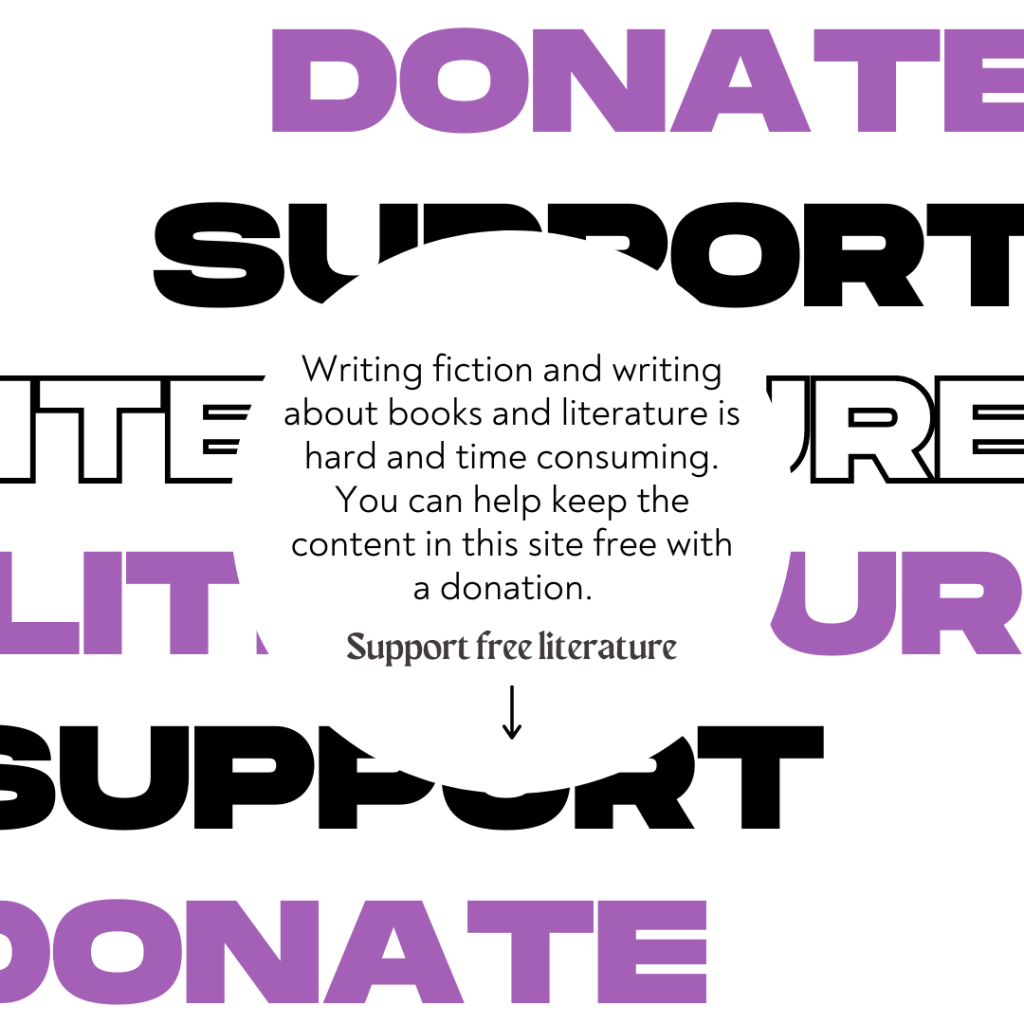Choose any of the 3 methods for writing essays depending on your personality. You can start implementing them into your workflow today!
But, how do you know which one of these writing models is the right choice for you? First, let’s think about essay-writing for a minute. When a student is asked to write an essay discussing free-will in “Paradise Lost,” TEACHERS WANT THEIR STUDENTS TO THINK. They are not interested in reading more than thirty papers talking about the same thing. Instead, teachers want their students to think about the text and organize their thoughts. Essay writing allows students in all levels to exercise a variety of kinds of thinking.
When teachers ask for a written product like an essay or a book report, they are asking their students to come up and develop a topic; to digest and narrow a topic by making connections. Essays are all about breaking down (analysis) and putting together (synthesis). However, writing is inseparable from thinking. Essay writing will make you more conscious about how you write and it will even make your writing more enjoyable!
Now that you now that writing is all about thinking, you just need to choose which writing model best suits your way of thinking. If you are a student, you’ve probably encountered the infamous “five paragraph essay” which is the most common way of teaching young writers how to think about writing. For those of you who don’t know, the “five paragraph” is an essay or report that consists of one introductory paragraph containing a thesis statement (which in itself consists of 3 sentences, give or take), then 3 body paragraphs each with clear topic sentences, and finally, a conclusion or as I like to call it; “the mic-drop.”
The traditional linear model (not just for essays!)
If you like to have everything planned out and hate leaving anything to chance, then this writing method is just for you! With this method you define a goal (purpose), you will think about it (pre-writing), then you’ll plan it (research and outline), draft and revise it. No hidden fees!
The way teachers usually ask their students to write a 5 paragraph essay is by using the “Traditional Linear Model.” Basically, you use this method to create a thesis, then you prove it. As facile as that. Your thesis comes from connecting ideas. When using this writing method, a student starts with nothing more than a topic but no thesis, because it is up to them to come up with a thesis. This model involves some pre-writing strategies ( or, “Systematic methods for idea generation” if you want to impress someone, SMIG for short).
The ideas you will use to make connections are generated by you, the writer, by thinking about the text and extracting the main points that only you can find. It goes beyond saying, but with this method, a writer is proceeding linearly towards a goal. When you have generated enough ideas you will formulate a thesis, without having to write the whole essay. Even though writing is taught as a linear, sequential process, going backwards before going forwards is also a linear process.
When you find yourself with sufficient ideas and connections between them, you can begin planning an outline. The outline will clarify the relationships between the main points you discovered (by thinking about them). And, the further you move along the “linear” process, the less you will be thinking about a topic and the more you will be relying on specific methods with measurable objectives (proving the connections between the ideas). The outline will ensure you don’t go off track!
After constructing an outline you write a ROUGH draft. It doesn’t have to be pretty, you just have to write the idea and how you prove it. In this draft you expand and explore the relationships among the main points; by creating unified, coherent and developed paragraphs.
You will revise the draft, paying attention to grammar, punctuation, sentence structure and other mechanics of writing clearly.
The reason why this writing model is so widely used in teaching is because it is applicable to a large number of university-level and workplace tasks. It prepares students who won’t necessarily become writers to write clearly and to be precise, a skill set that you will definitely need if you intend on becoming a scientist or a raging billionaire who writes a lot tweets and business letters.
Discovery draft; or directed free writing.
If you feel inhibited by the constraints of linear writing, then you will love this writing method! With this method, there is no need for coming up with a thesis statement right away. Remember how thinking and writing are inseparable? Well, with this method, your drafts will reflect your thoughts, literally.
As the name suggests, you start with a draft, skipping the outline and the thesis statement all together. This writing method allows students to put their thoughts on paper without having to worry about inconsistencies and contradictions. It’s all about keeping the workflow going. Writing an essay following the Discovery-draft method, is a non-stop task. You literally write until you run out of ideas and you have nothing else to say about a subject matter or topic. Without forgetting to be very specific.
The Discovery-draft should not be written hastily. After all, the draft will embody your well-considered thoughts. Since it has no outline or any planning whatsoever (That doesn’t mean it is not thought out!), it is normal to end up with a draft that is significantly longer than the actual length the essay is required to be. Don’t worry, we’ve all been there. Specially your teachers!
The discovery draft is complete when you know you’ve said what you wanted to say. After writing non-stop, your draft will be complete. However, not finished. Please, whatever you do, never turn in your first draft. Never! No matter how desperate you are. Just be honest with your teachers.
Now, assuming you’ve time. Allow several hours to pass, or if your due date is in 6 hours, rest for a bit and then come back. Take a cup of coffee or play a round of your favourite game. Chat with a friend or walk your dog. Just do something to let your mind cool down. Trust me, you cannot revise a draft right away. BUT DONT FALL ASLEEP.
When returning to your draft, with a clear perspective, expand on important points and discard irrelevant details. Don’t focus on grammar, word choice or style; yet, that comes later. During this second draft, ideas and their support will be the primary focus. Make sure that what you write is clear and precise. Remember to expand on your ideas and to be as specific as possible. Teachers can’t read minds… yet.
If you are supposed to hand in a draft to your TA or classmates for them to give you feedback, hand in a copy of the second draft. Let them try to figure out. If not, repeat what you just did and write a third draft. With each new draft, your thoughts will be more focused and detailed than the previous draft. Unlike the traditional linear model, drafting is the precursor to form. While using the traditional model, the stress is on what you NEED to write. Instead, when using the discovery draft, the stress is on what you WANT to write. It’s a lot like carving a statue out of a block of stone, you slowly but surely, shape the rock into what you want it to be.
Reflective writing; or for experienced writers (OR FOR EMERGENCIES)
Imagine you have an exam. Perhaps your teacher warned you that you’d be writing an in-class essay. You could try using the linear model or the discovery draft. But, time is not on your side. So what do you do?
Well, you write like the masters.
Thinking and writing are inseparable and the reflective-writing method embodies this statement. Since you are running out of time, an outline is out of the question, although some students do manage to make one. So, before writing, you should be clear on two things: purpose and a thesis. But, how? Well, the reflexive-writing method focuses on WHERE YOU ARE GOING by looking back at WHAT YOU HAVE WRITTEN, keeping the original goal in mind throughout the writing process.
Your thinking process is guided by your writing; firstly, what you write narrows future choices and secondly, it opens new possibilities. You start writing, perhaps with a single idea. What you write serves to give direction to what you will write. When you write down your thoughts, they become clearer, you become more conscious of them and this makes them subject to your control. The more you write, the more think.
The reflective-writing model involves a continuous interchange between thinking and writing; rethinking and rewriting. Just like the masters, students are immersed in the writing experience. Typically, students experience bursts or periods of intense writing, balanced by periods of reflection and meditation. While reflecting, the student develops new ideas and connections. Writers stop to recall, analyze and to reconsider. When writing an in-class essay, your writing will be interrupted by “breaks” in which you will look away and reflect. Then, you will look back at what you have written and continue writing. WITHOUT THINKING ABOUT GRAMMAR, SENTENCE STRUCTURE OR STYLE.
Just like seasoned writers, the reflexive-writing allows students to unconsciously, ask themselves: “Where have I been going?” “Where am I going now?” “Is my purpose the same as it was when I started?” “How does what I have said determine what I need to say?” “What do I need to say or do, to get me closer to my goal?”
Structure becomes clearer the more you write. Since you are concerned with connections between ideas, it is easier to find suitable transitions, revealing a shift in your thoughts. When you look back on these transitions, you ask yourself if your ideas are written or clear.
When practicing this writing method outside the classroom, often, reflective-writing drafts are longer than traditional linear drafts, since reflection is geared towards the writer’s clear thinking. It involves a trial and error approach due to all the rephrasing and reflective periods. The finished draft will need revising. And, when submitting a draft of this kind, you can submit a partial draft (a thesis statement and introductory paragraph) so that you and your instructor can discuss any potential development of the paragraph, as well as coming up with future paragraphs.
If you find yourself in an in-class essay and are running out of time, the reflective-writing model is the right choice for you. Or, if you want to take on a new challenge, and are experienced enough, you might want to try this method when writing an essay, that has a proper due date.
Remember, thinking and writing are inseparable! Saying something like “a lot of thought was put into this essay” or “not much thought went into it,” OVERSIMPLIFIES the relationship between thinking and writing.
Sources:
Henderson, Eric. “Writing by choice. A holistic and developmental guide for student writers”. Oxford University Press, 2006.



Leave a Reply
You must be logged in to post a comment.